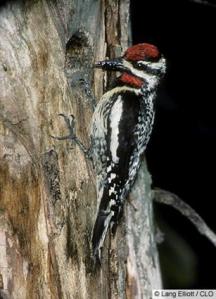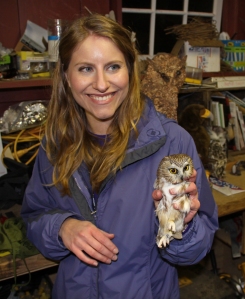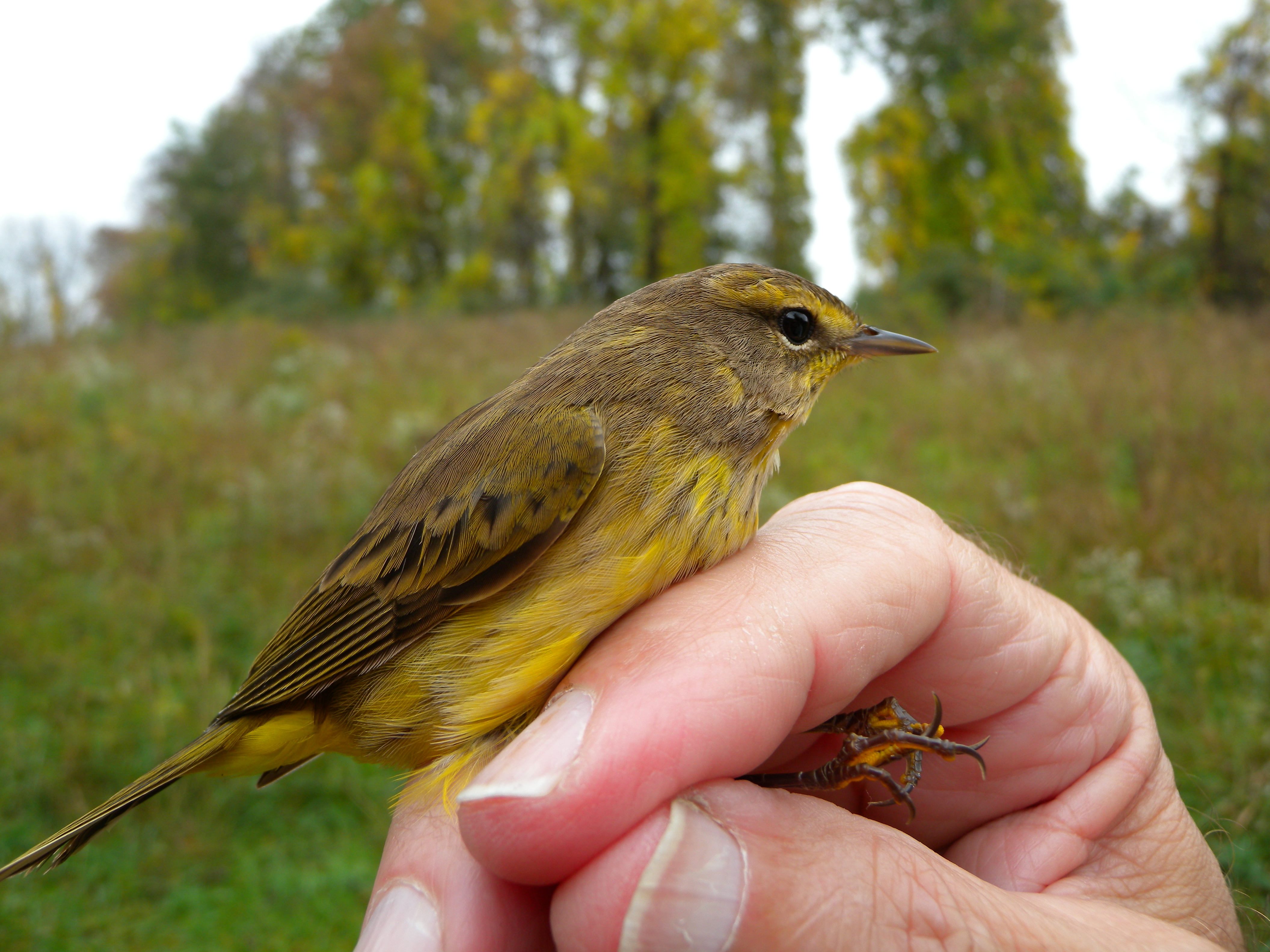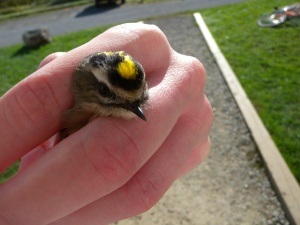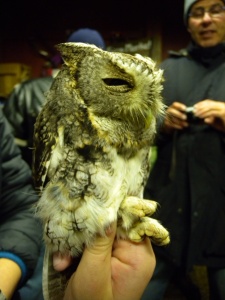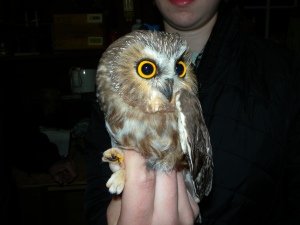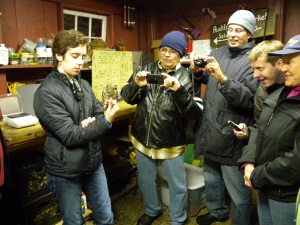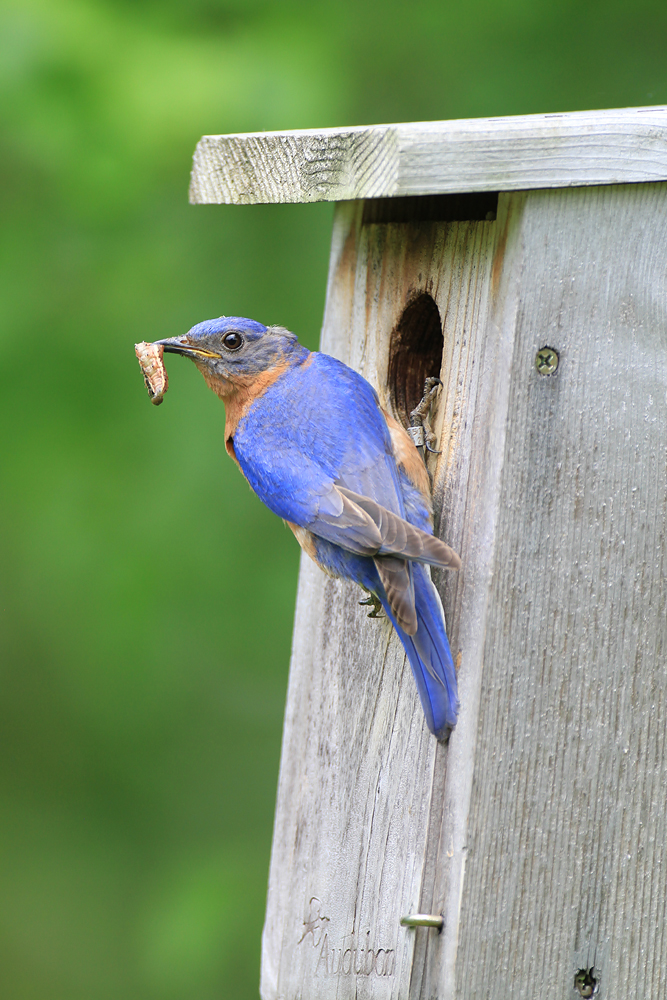
Spring is in the air and bluebirds are checking out the real estate!
Ken Leister, a State Coordinator for The Bluebird Society of Pennsylvania, will be speaking at the Trust’s office on Wednesday March 14th, at 6:30pm, to share his 12+ years of experience and expertise in attracting and monitoring bluebirds.












